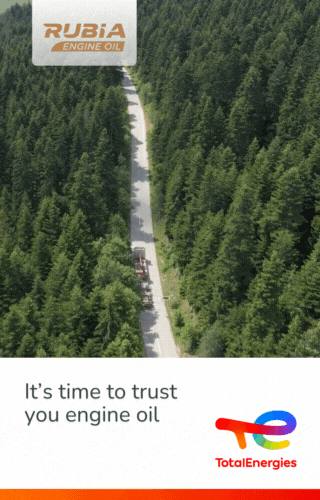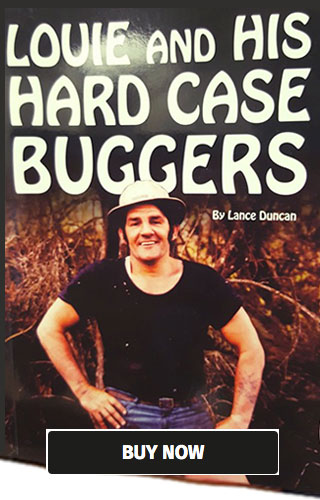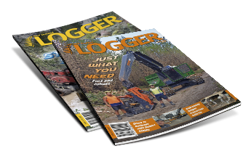Murray Braithwaite is a familiar name in the forestry industry. His 52-year career in forestry has seen the industry go from pen and paper to technology, and from axe to mechanised harvesting. After half a century giving his all to forestry, Murray is signing off and retiring. Before he left his role as Forest Operations Manager for Summit Forests for the last time, we grabbed him for a quick Q&A...
How did you end up in forestry?
My grandfather (who I had a lot of time for) worked in a sawmill pit, sawing timber. He encouraged my decision to work in forestry, telling me it was a growing industry and there would always be work there. I started as a trainee woodsman in Kaingaroa Forest in January 1970 and spent two years there, learning the basics of the different jobs: planting, pruning, thinning and harvesting.
Can you share a brief history of your career?
In 1972 I transferred to Forest Research in Rotorua and spent a year there, working in the mensuration department. Here, we measured trees and recorded the measurements to produce volume tables. I then transferred to Rotorua Conservancy Office and joined a team that was Timber Cruising. We measured out sawmill areas and measured all the trees in that area to establish the volume of wood by tree species. New Forest Service would then sell these trees to the sawmill for processing. I spent two-and-a-half years doing this job and really enjoyed it. I moved on from this job when it became controversial to log native trees. I then transferred to Aupouri Forest (now called Te Hiku) in 1975 and, other than a relieving job in Pouto Forest, I have been there since – forty-six years!
What kinds of work have you done at Aupouri?
When I first arrived in Aupouri it was just raw sand from Hukatere Road,
north. Tree planting was in progress south of the ramp at Waipapakauri and had been planted up to Steeds Road. The sand needed to be stabilised before
tree-planting, so there was a large programme each winter that saw up to 1000 hectares of raw sand being established each year, achieved by planting marram grass and then lupin. Tree-planting was done generally about five years later.
To plant marram grass it first had to be dug out, then carted to site for planting. This usually involved three digging crews and each man was required to dig a tonne of grass each day. Three to
four 4X4 Bedford TK trucks would carry the grass and two six-man planting crews with D6-sized bulldozers would pull the planting machine over the raw sand, creating three furrows for the crew to plant in. There were also three-wheeled tractors that did the wet flats where there was likely quicksand. On top of that, there were hand planters that planted the areas too steep for the bulldozers to access.
The tree-planting was mostly done with small bulldozers – either Allis Chalmers HD6 or D4 Caterpillar – towing either a trailing arm or Louther tree-planters. Each machine...






